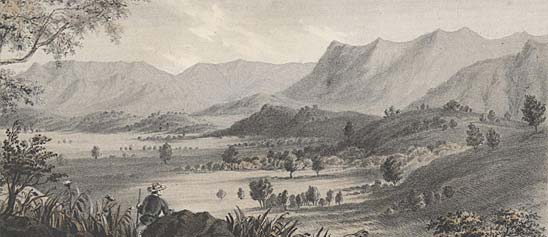
The natural resources collections offer centuries of evidence about how Americans have used the bounty of the American continent and coastal waters. Artifacts related to flood control, dam construction, and irrigation illustrate the nation's attempts to manage the natural world. Oil-drilling, iron-mining, and steel-making artifacts show the connection between natural resources and industrial strength.
Forestry is represented by saws, axes, a smokejumper's suit, and many other objects. Hooks, nets, and other gear from New England fisheries of the late 1800s are among the fishing artifacts, as well as more recent acquisitions from the Pacific Northwest and Chesapeake Bay. Whaling artifacts include harpoons, lances, scrimshaw etchings in whalebone, and several paintings of a whaler's work at sea. The modern environmental movement has contributed buttons and other protest artifacts on issues from scenic rivers to biodiversity.
Our collection database is a work in progress. We may update this record based on further research and review. Learn more about our approach to sharing our collection online.
If you would like to know how you can use content on this page, see the Smithsonian's Terms of Use. If you need to request an image for publication or other use, please visit Rights and Reproductions.